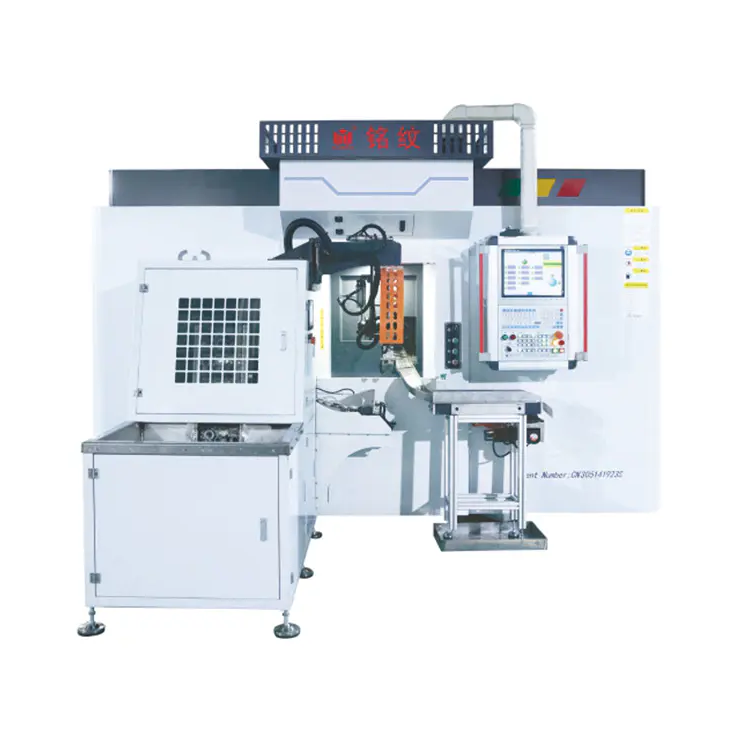Rotary transfer machine multi-spindles are widely applied in manufacturing sectors that require repetitive operations with steady precision. These systems use a circular indexing table where multiple stations are arranged to carry out different machining tasks simultaneously. Each station performs a specific function—such as drilling, milling, or tapping—on a workpiece that rotates from one station to the next.
The integration of multi-spindles enhances the machine’s capability to handle several operations at once, reducing idle time between processes. This design is particularly beneficial when dealing with high-volume production runs where minimizing tool change and setup time has noticeable effects on throughput.
Each spindle within the machine can be configured independently or in synchronized groups, depending on the material and geometry of the component being processed. This flexibility enables better use of available tools and supports a range of part designs without extensive adjustments.
Manufacturers often turn to rotary transfer machine multi-spindles for components in the automotive, plumbing, and hardware industries. These sectors demand repeatability, where the same part needs to be produced in large batches with uniform characteristics. Multi-spindle configurations provide reliable performance by dividing workload and reducing the stress on individual tooling elements.
The setup process may require upfront engineering and planning, especially when selecting spindle orientation and operation sequence. However, once in operation, the system offers consistent results and can run with limited operator intervention. This benefit is often seen in reduced labor costs and stable output rates.
Rotary transfer machine multi-spindles represent a structured approach to high-efficiency machining. Their strength lies in parallel processing and the ability to perform multiple cuts without removing the part from its fixture. By maintaining the workpiece in a fixed position relative to each spindle, dimensional variation is minimized across production cycles.
